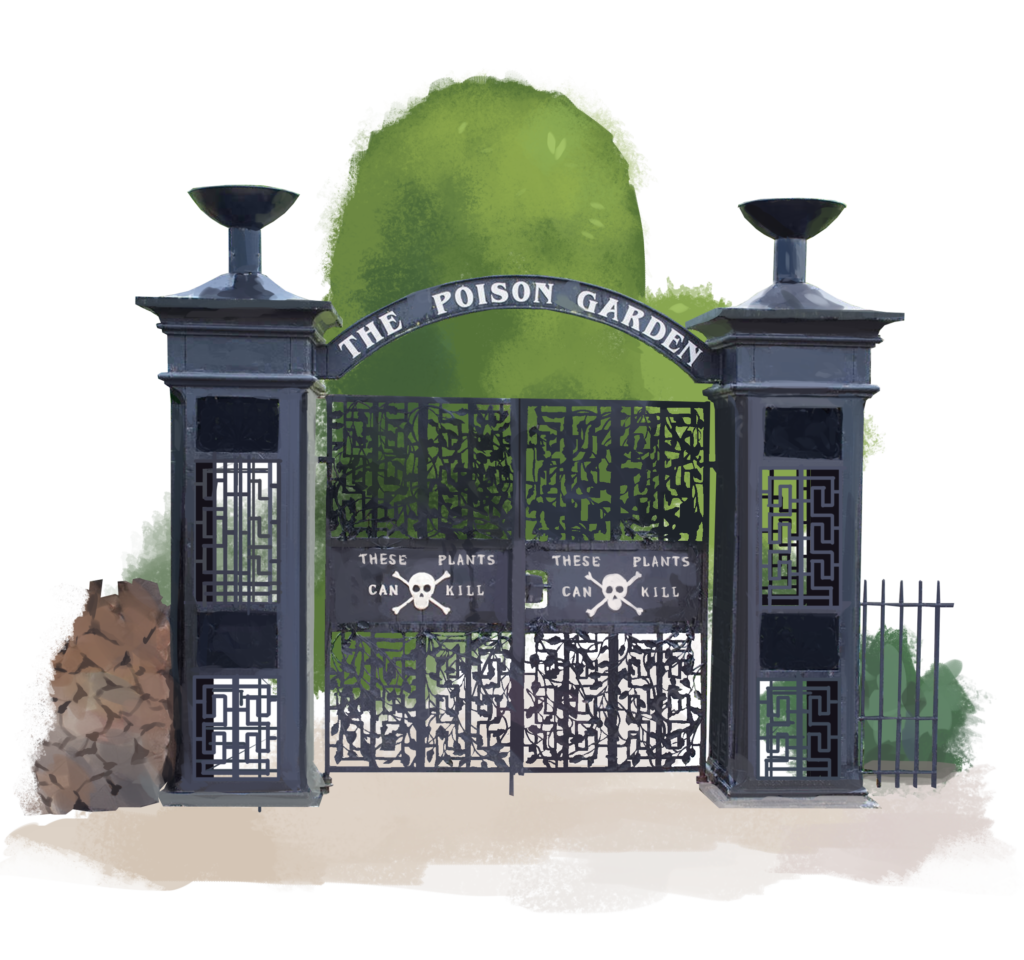The Poinsettia remains a favorite plant for the holidays. Plants, like people, sometimes make a…
Welcome to the Poison Garden

Northeast of London in the heart of Northumberland you will find Alnwick Castle.
The castle dates back to 1750.
Over the past few years the owner, the Duchess of Northumberland, has restored the gardens of the Castle, at the request of her husband, the Duke.
Many visitors come every year.
The popular attraction for the twelve acre site has become her famous Poison Garden, a garden of one hundred toxic plants that could kill, sicken, or debilitate.
Jane Percy, the Duchess of Northhumbland, began the work of restoring and creating the gardens in 1995. It took fourteen years to complete the task.
She wanted something special about the garden. That’s when she came up with the idea of adding a Poison Garden.
Smithsonian Magazine writer Natasha Geiling wrote a wonderful article about the Poison Garden called “Step Inside the World’s Most Dangerous Garden (If You Dare).”
She says, “After visiting the infamous Medici poison garden on a trip to Italy, the duchess became enthralled with the idea of creating a garden of plants that could kill instead of heal.”
The Duchess collected one hundred such plants to make the garden. The plants include hemlock, belladonna, monkshood, wormwood, giant hogweed, mandrake, cannabis and coca.
Remember that the plant is toxic under certain conditions, like imbibing.
Geiling writes, “Because of the plants’ dangerous qualities, visitors to the Poison Garden are prohibited from smelling, touching, or tasting any of them.”
A guide must accompany any visitor into the Garden.
The Garden sits behind a black iron gate. An iron fence surrounds it on all four sides.
Not too inviting. But, after all, the plants are all killers.

[Courtesy of Alnwick Castle]

This Post Has 0 Comments